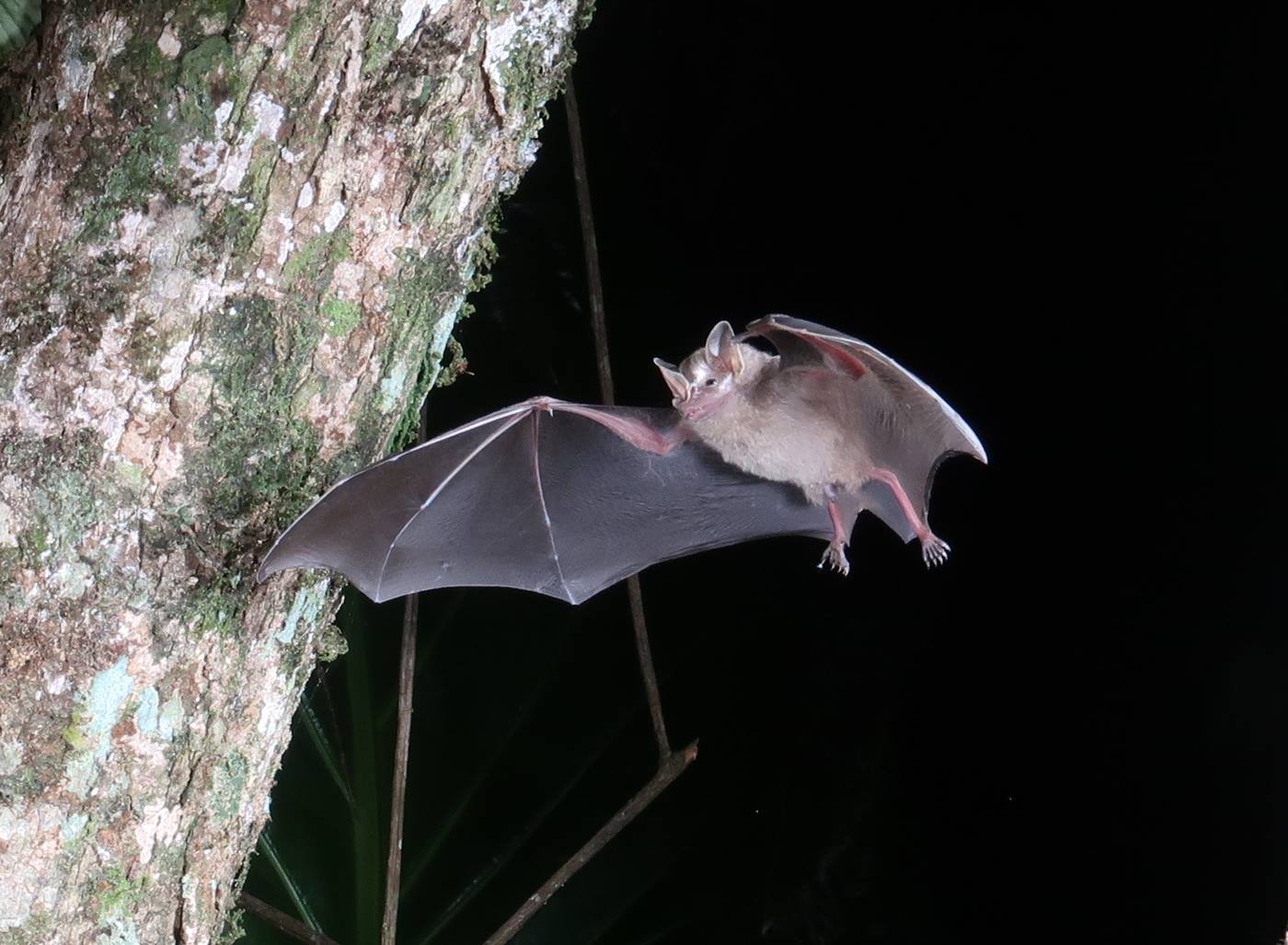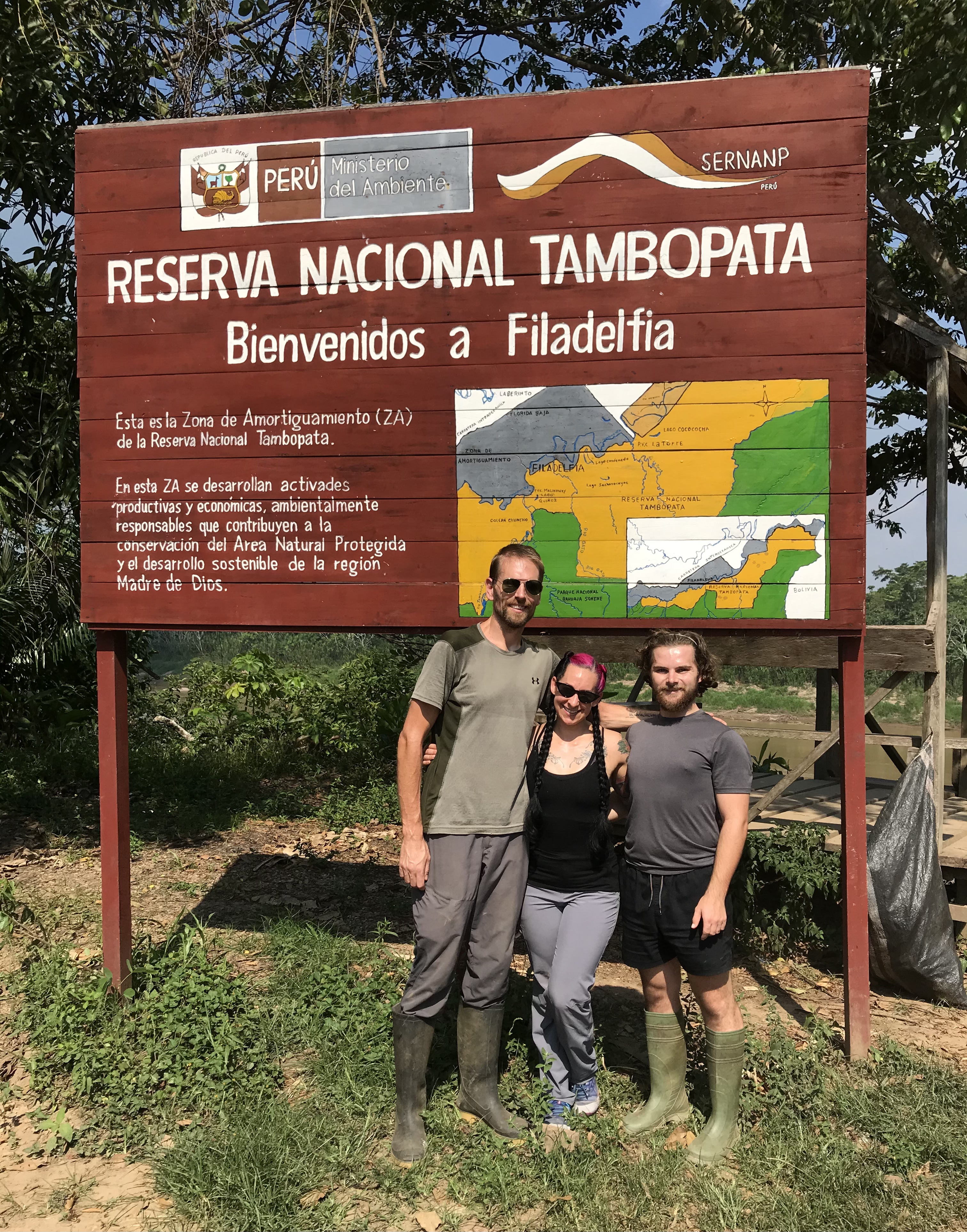
I was finally able to visit the Peruvian Amazon during the summer of 2021! I have been following the work being done at Fauna Forever and Amazon Shelter for some time and was super excited to have the opportunity to volunteer. The Amazon Jungle is by far the most intense environment I have ever worked in, but I love a good challenge and look forward to returning.
Fauna Forever is a non-profit in Peru. They conduct various research projects with the goal of preserving the rainforest and wildlife. There are many programs available to interns and volunteers, all of which benefit the region and local communities greatly. I primarily assisted with bat surveys, but also had the opportunity to learn about many other animals during my stay. I worked mainly with biologist Chris Ketola who is absolutely brilliant. Our misfit team was quite spirited and we had a blast exploring the jungle together. Fauna Forever is expanding their survey areas and I can’t wait to work with them again!
Amazon Shelter is dedicated to rescuing and rehabbing wildlife in the Peruvian Amazon. I was amazed at the level of care each animal received and learned so much from the people there. I helped veterinarian Sara Ramirez Escobar with various tasks and even got to assist with a surgery on one of the sloths. Although there are a few animals who will not be able to be released, the vast majority will eventually return to the jungle where they belong. Magali, the founder of Amazon Shelter, is absolutely incredible. You can learn more about her and the valuable work she does here.
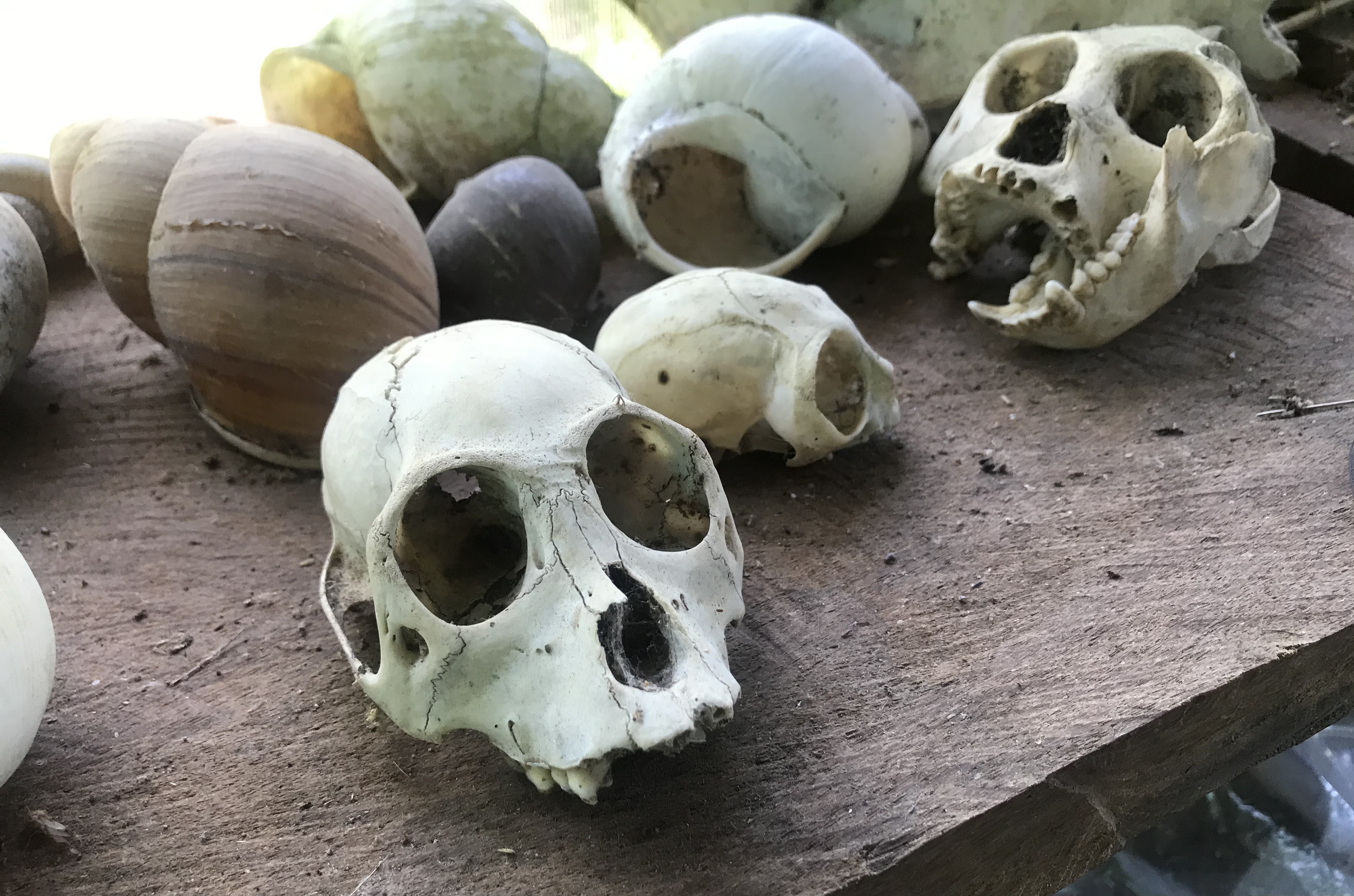
Found objects.
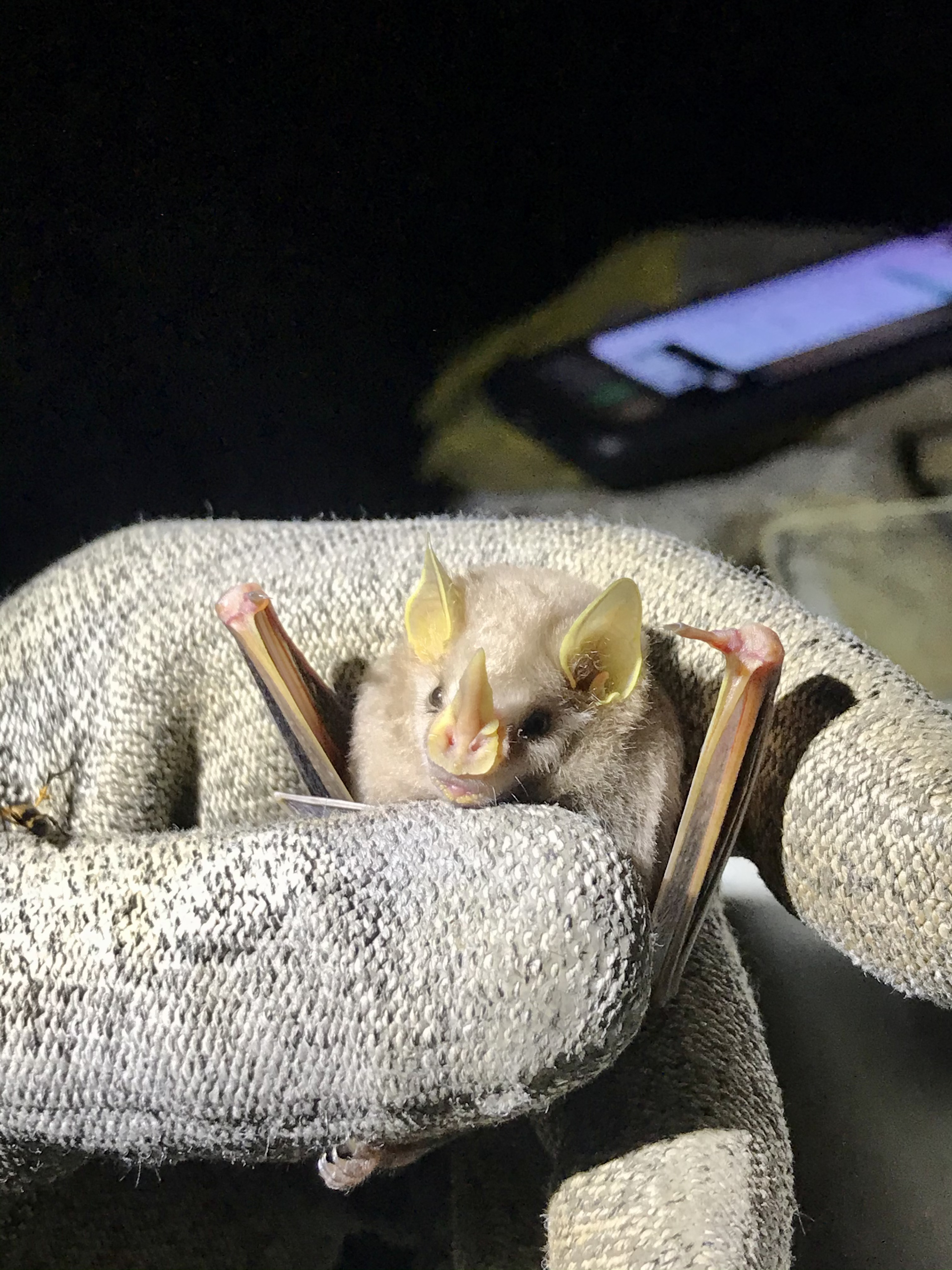
Adorable little Mesophylla macconnelli.
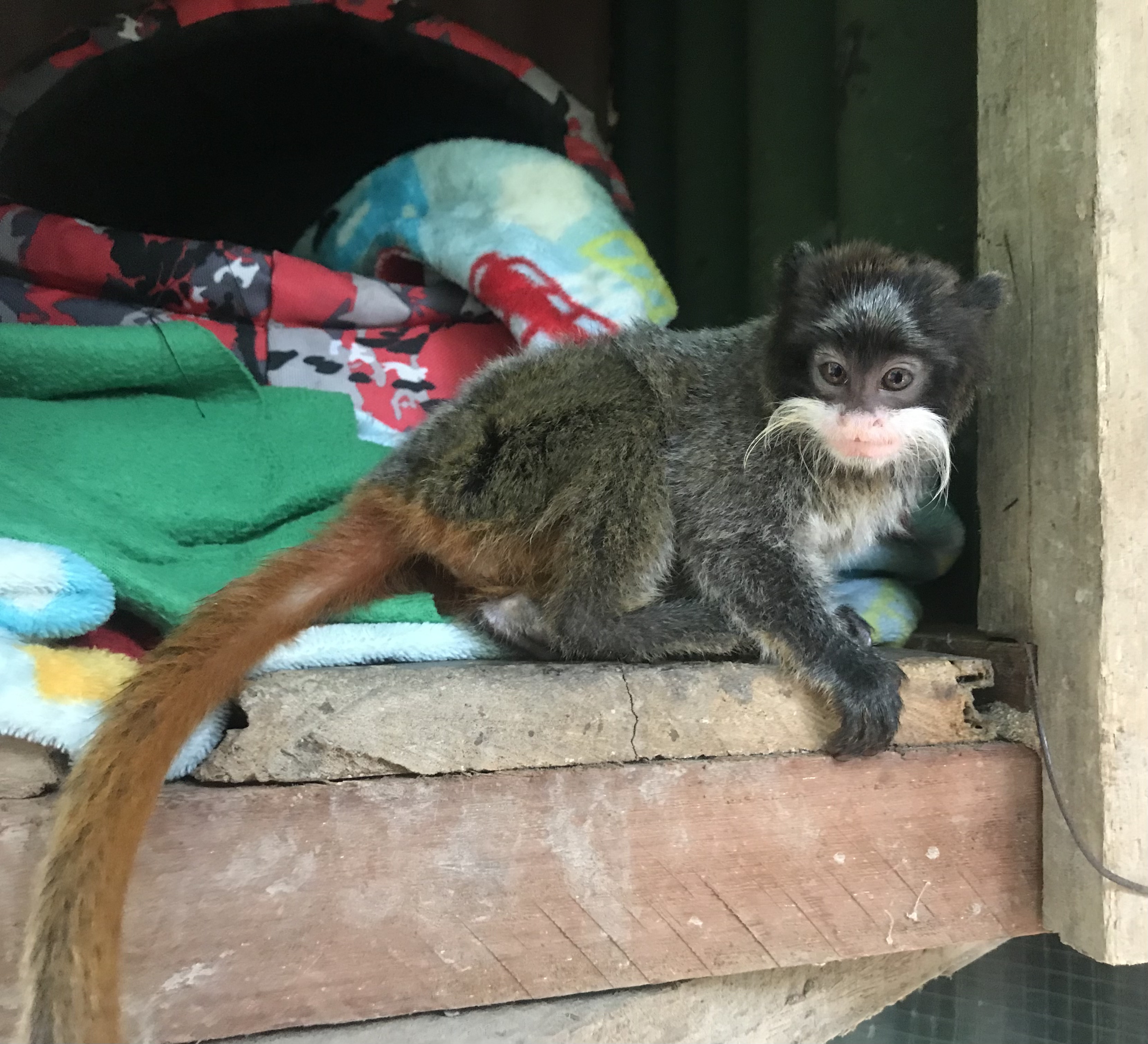
Beautiful Isabel.


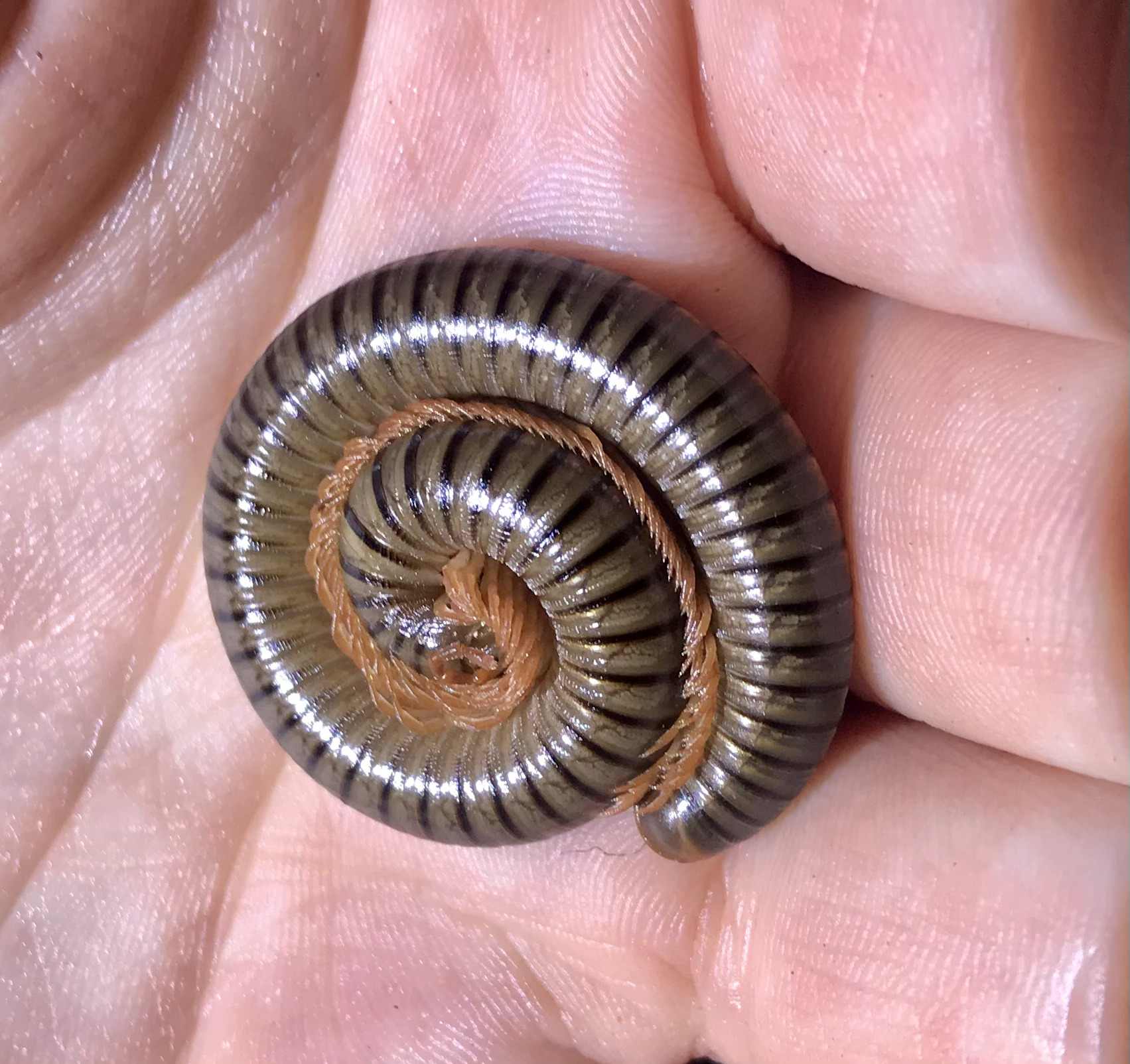
One of many millipedes who joined us one night in the field.
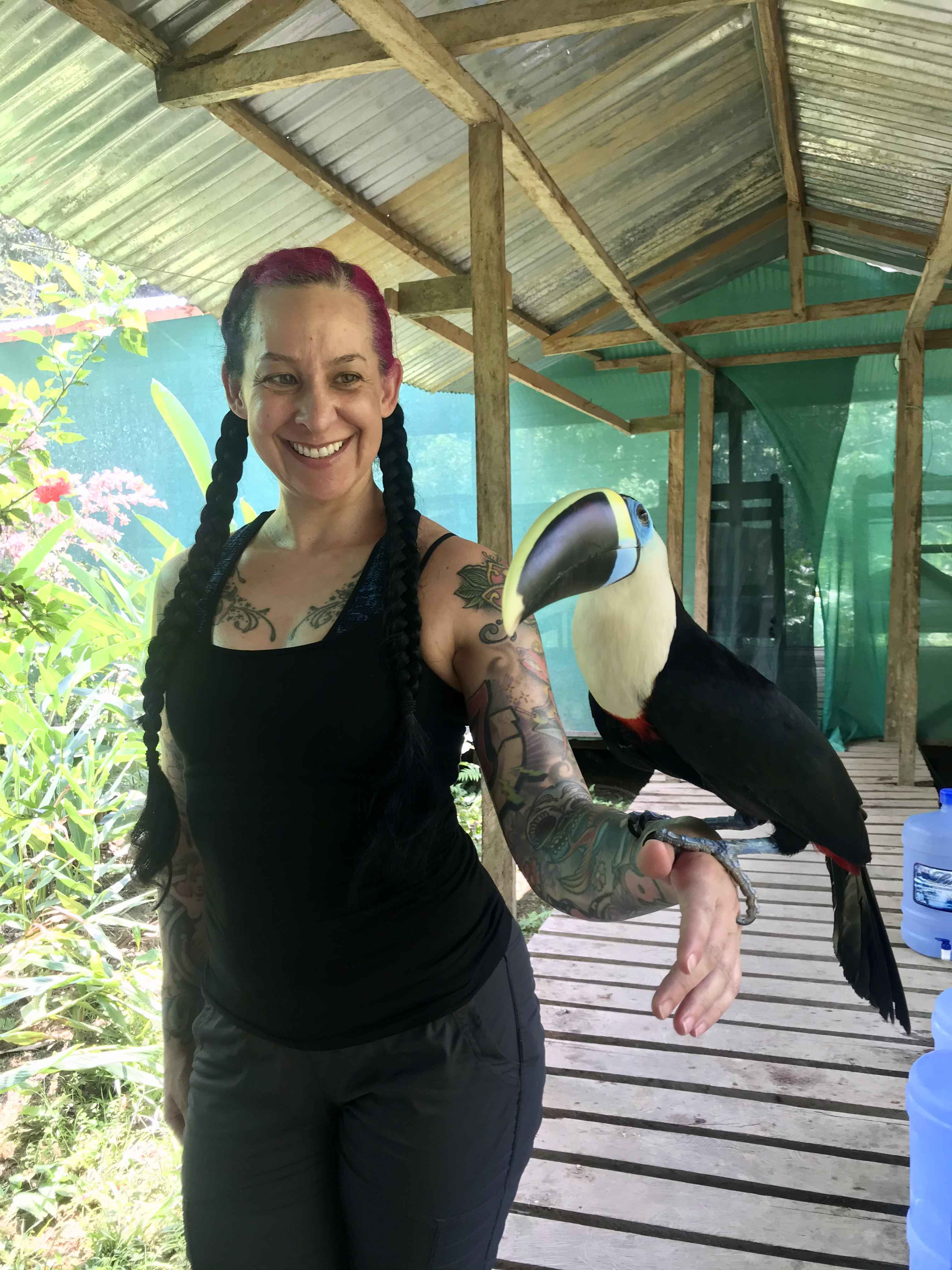
Mischievious Tuki.
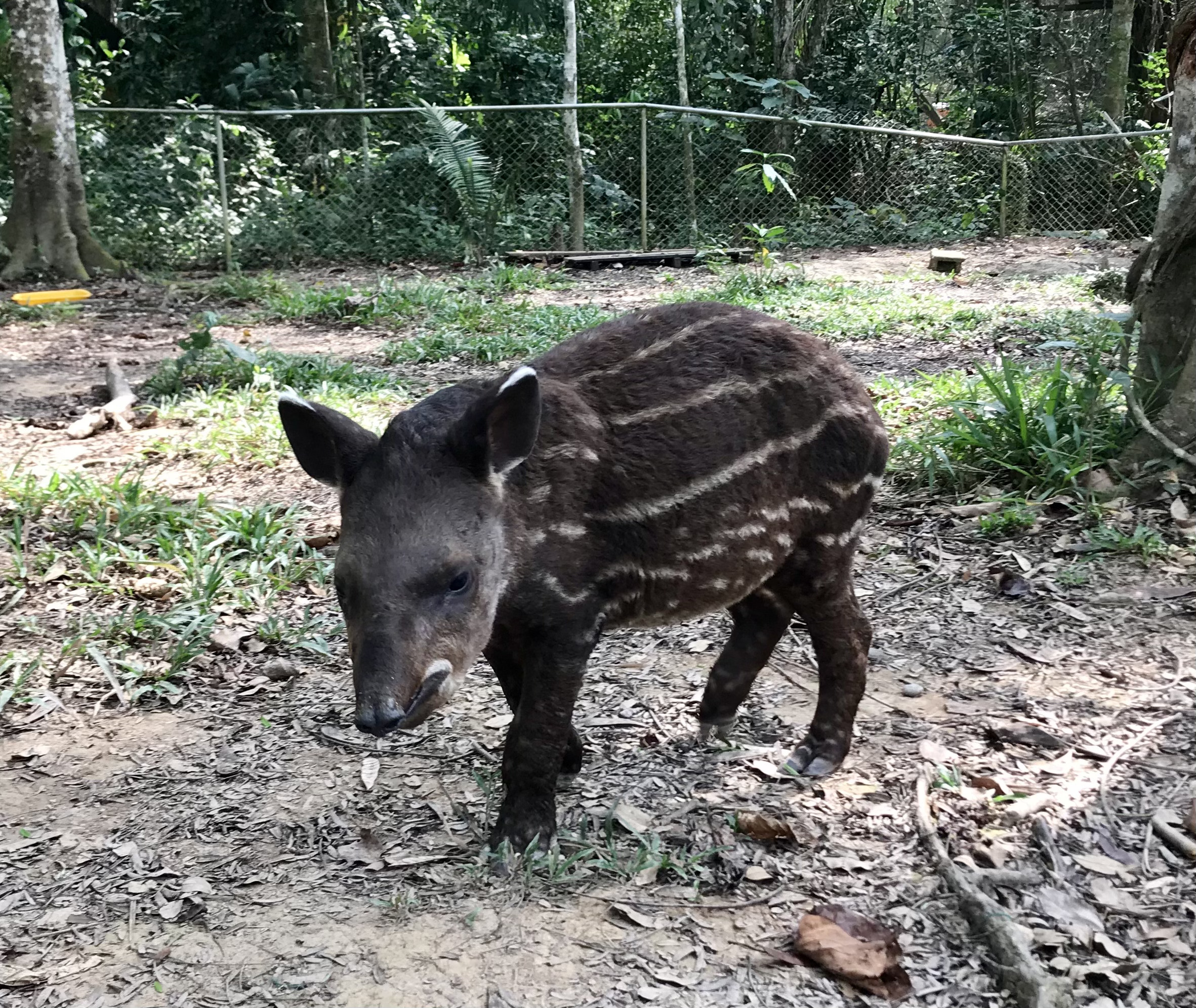
Ellie is very young, so she still has her stripes. She is currently the size of a large dog, however, adult tapirs can grow to be 700 pounds! She is a curious little baby and has been doing well since arriving at Amazon Shelter last summer. Ellie loves bathing in her pond, sleeping on banana leaves, and eating tons of greens. Although vital to a healthy ecosystem, tapir populations are declining due to habitat destruction and hunting.
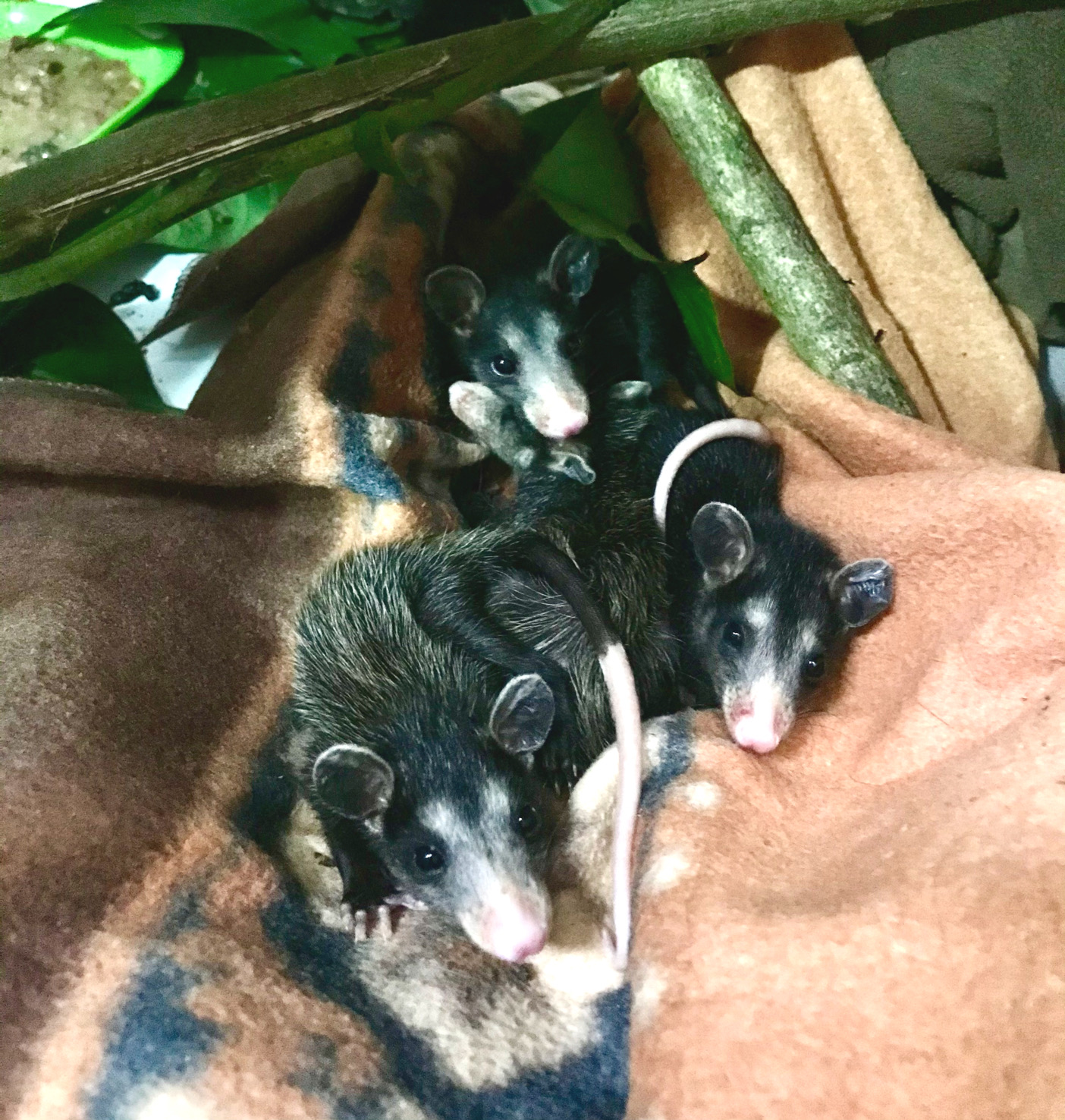
Baby opossums!
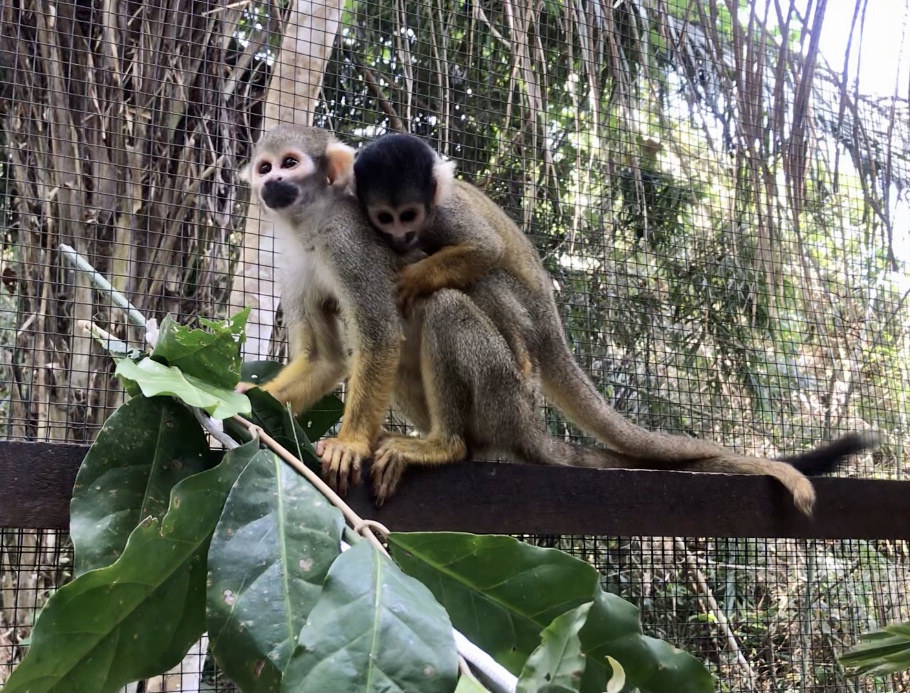
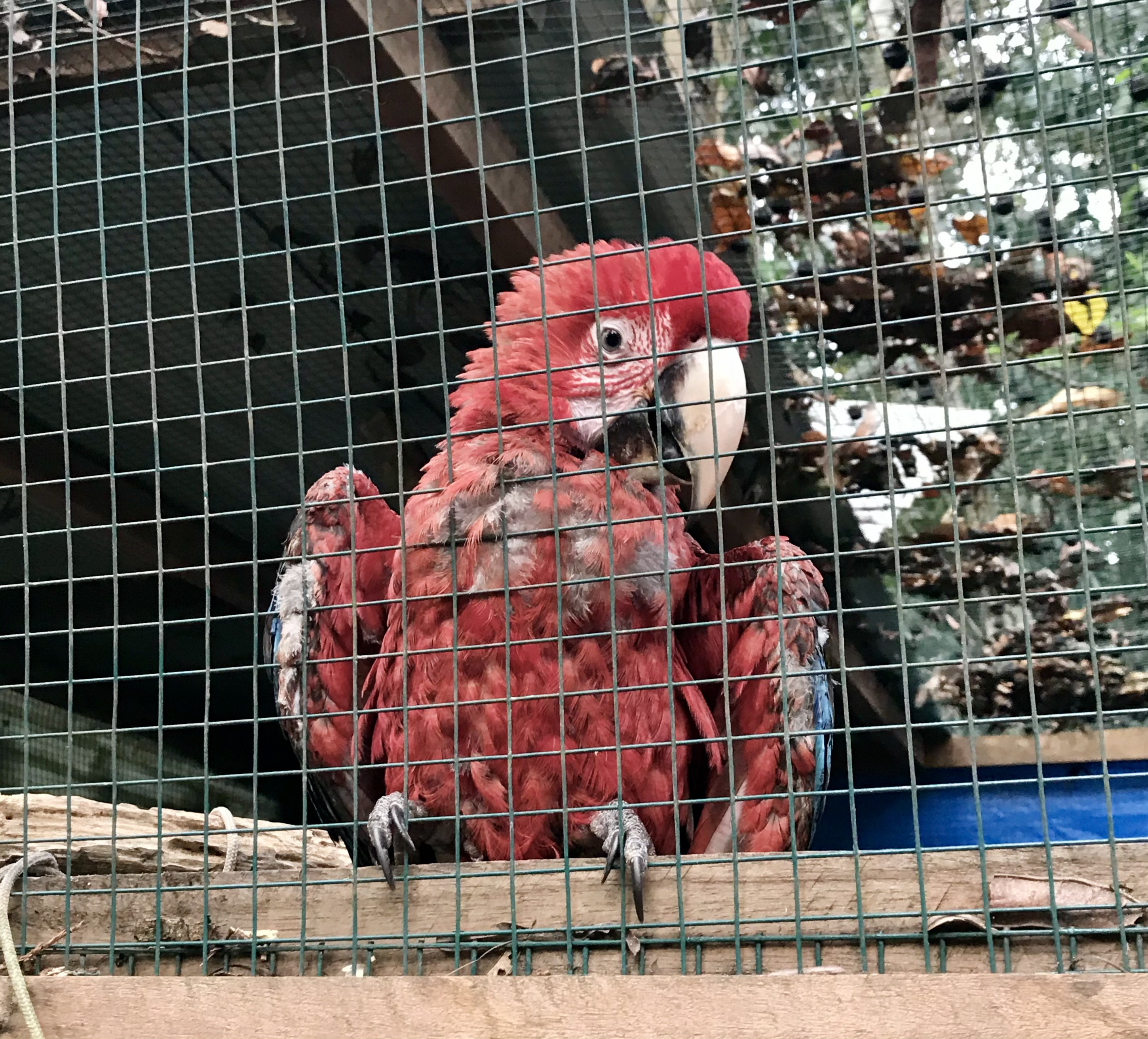
While volunteering at Amazon Shelter, one of my regular chores was to feed the birds. My family raised birds while I was growing up, so this task felt very comfortable and familiar. A particular juvenile parrot stood out to me and I looked forward to our time together each day. This adorable creature has had a rough life, yet is still a complete sweetheart with absolute trust in humans. His recovery will take time, but he is in good hands. Like many before him, he will eventually regain his ability to fly and someday be free.










